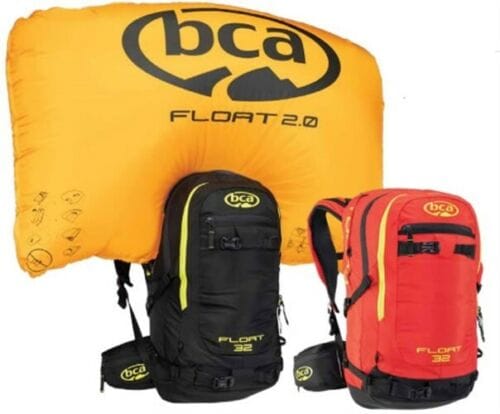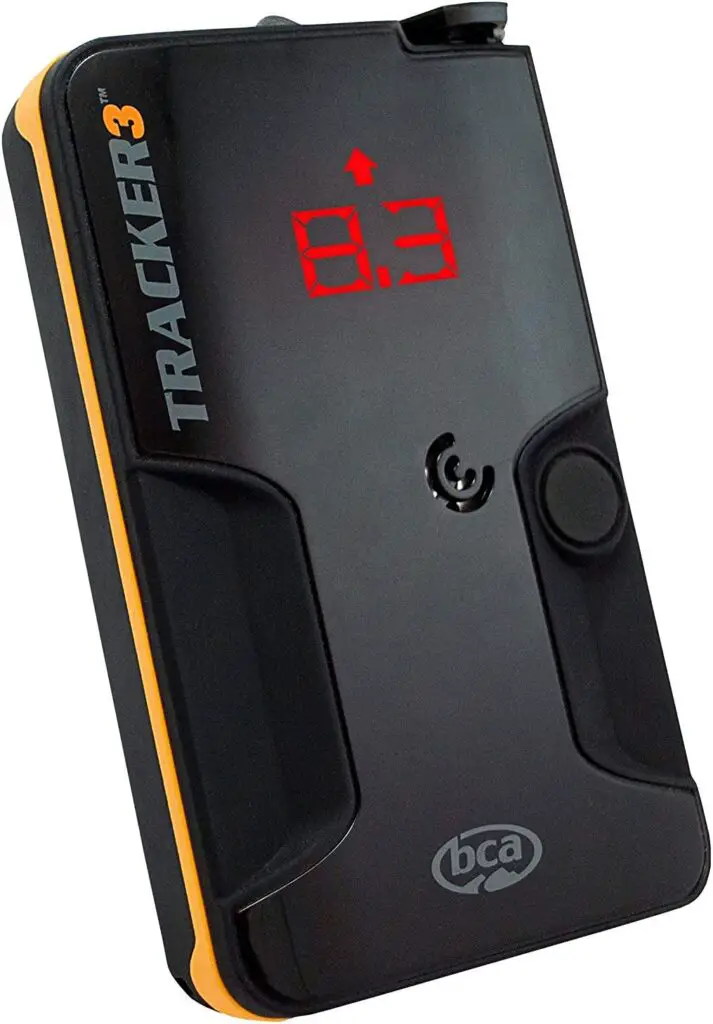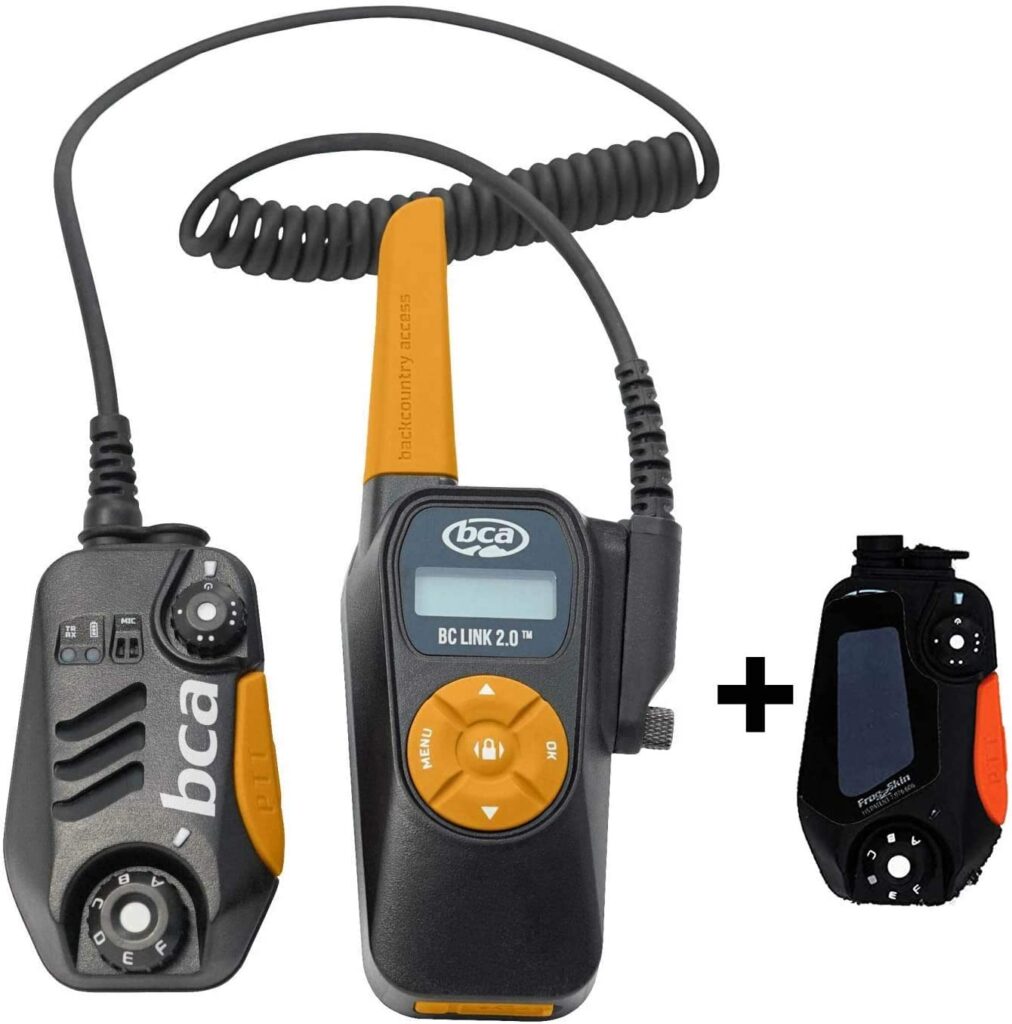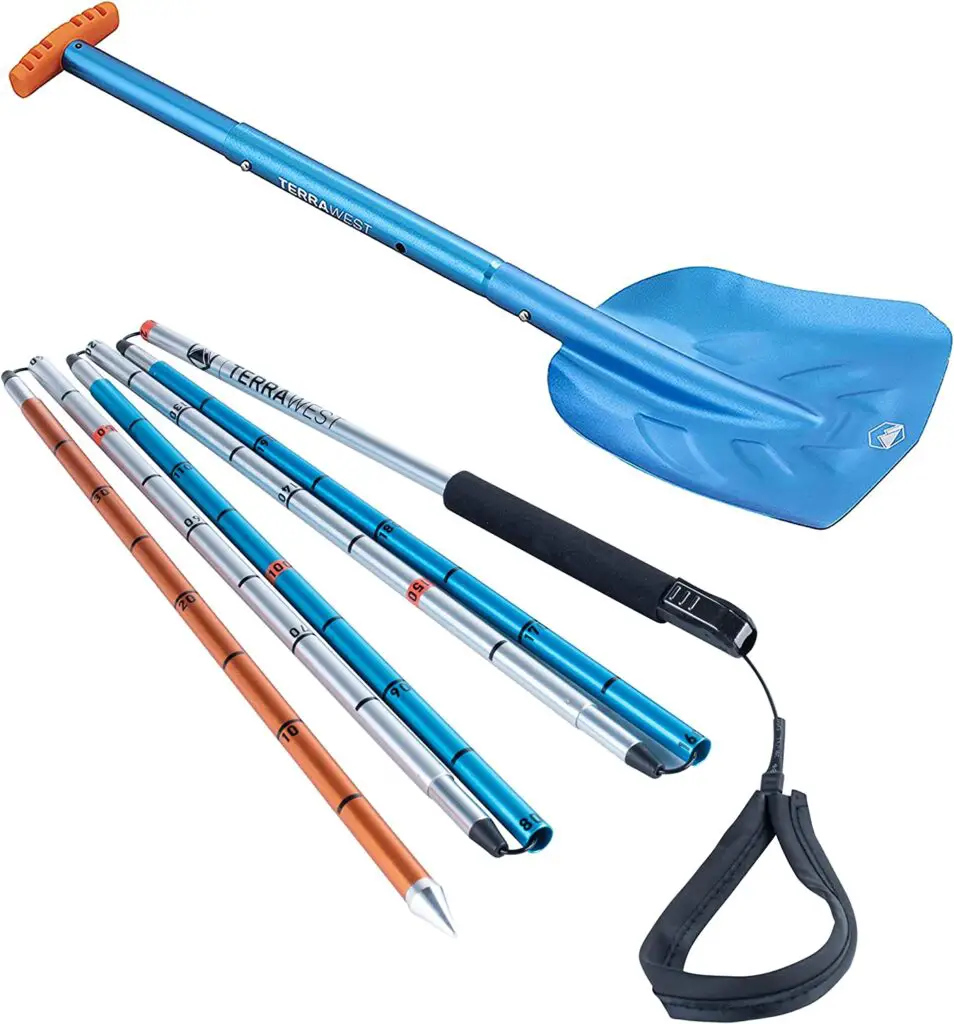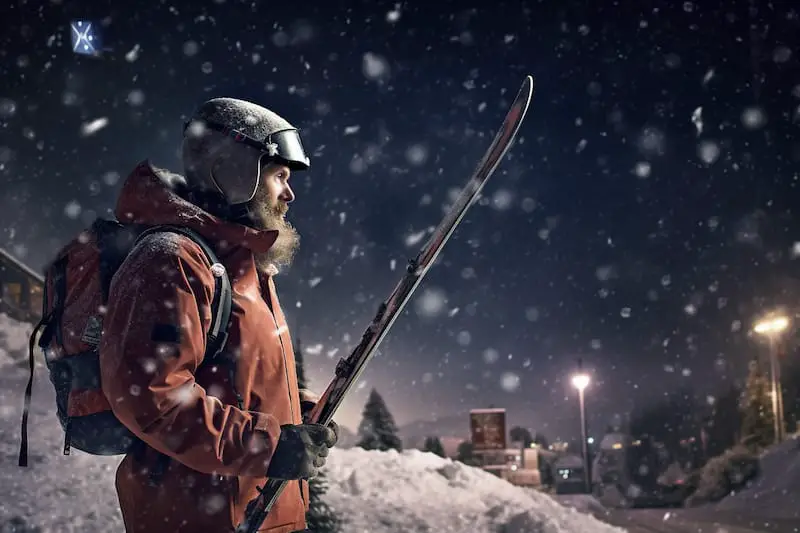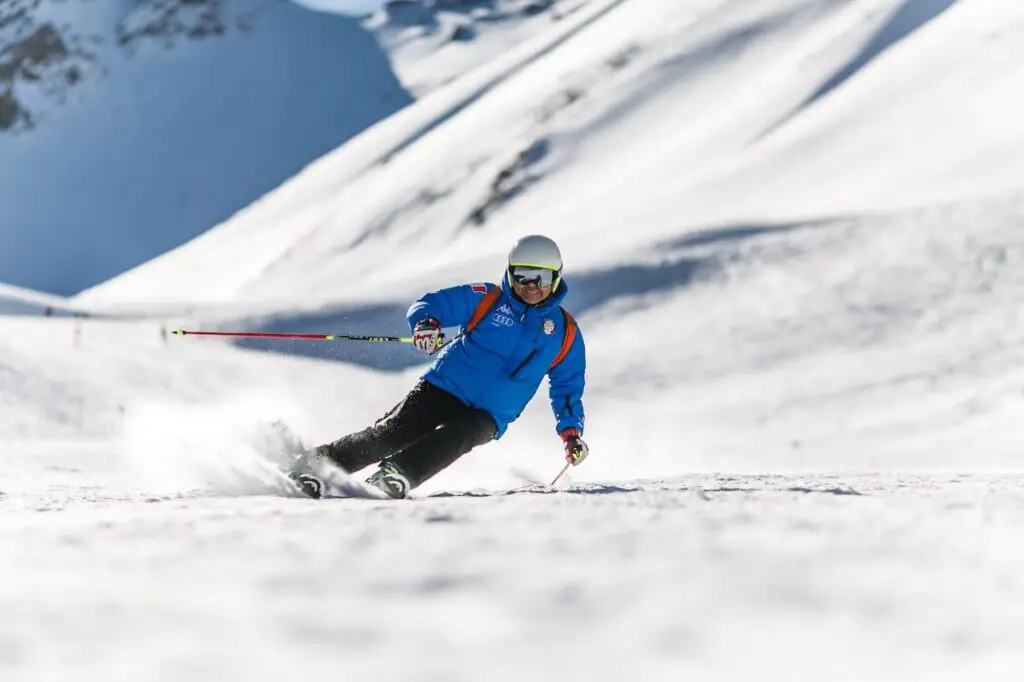Do you enjoy shooshing downhill on skis but relish more excitement than a groomed ski resort slope can offer? A lot of winter outdoor enthusiasts do. They turn to the backcountry to find peace and quiet in the ultimate skiing thrill.
But is it safe to backcountry ski alone?
In general, solo backcountry skiing is considered an inherently risky and unsafe activity. Skiing alone in uncontrolled or patrolled areas exposes a skier to the dangers of avalanches, physical accidents and injuries, and sudden changes in weather without the likelihood of rescue.
The allure of fresh powder and skiing alone with your thoughts in the beauty of the backcountry definitely appeals to some skiers. If you’re toying with the idea after the first good snowfall, read on for why it may not be the safest thing to do.
The Dangers of Solo Skiing in the Backcountry
Backcountry skiing, also known as off-piste or alpine skiing, is defined as skiing (or snowboarding) outside the boundaries of a ski resort. Sometimes a backcountry ski adventure begins with simply ducking under a resort boundary marker. It can also involve a planned adventure: forging a new route through a wilderness area by climbing then skiing down a mountain.
In a ski resort, slopes are maintained and kept free from obstacles. Planned intervention helps to control and prevent avalanches. Lifts carry skiers to the appropriate trailhead. Slopes are marked and patrolled by trained and experienced skiers. Help is nearby if an accident occurs.
Not so when skiing along in the backcountry:
- There may be no obvious slopes or trails to follow
- Dangerous areas aren’t marked
- Help could be miles away—if you can even make contact with those who can assist
The National Ski Patrol and the National Ski Areas Association strongly recommend against skiing alone in the backcountry. However, these groups recognize that some people are drawn to dangerous adventures like a moth to a flame and make it their mission to bring awareness of the dangers in backcountry skiing.
Let’s say you’re one of those who thrives on taking risks, and skiing is your thing. It’s not illegal to ski in the backcountry, but what you don’t know could kill you. Take some time to educate yourself on the dangers you may face when skiing out of bounds.
Read about how to protect yourself from windburn.
Delayed Rescue
The most dangerous aspect of skiing alone in the backcountry is that, should an accident befall a skier, the possibility of a timely rescue is greatly diminished. The dangers discussed later in the article are magnified exponentially when a skier is on his own.
A solo skier is completely dependent upon himself if there is an accident, an avalanche, or a sudden storm. Someone experienced and well-equipped may have a chance to survive, at least for a few hours. But if a speedy rescue means the difference between life and death, being alone certainly tips the scales towards a negative outcome.
Skiing with a companion or in a group offers more options in an emergency. Having others nearby means that any rescue efforts can begin quickly, a critical factor in survival when the seconds are ticking away.
Avalanches
Avalanches can happen any time anywhere in the winter months. There’s no fool-proof way to prevent them. Ski resorts work diligently to maintain safe ski areas and lessen the chances of an avalanche within the resort boundaries.
Although they can happen within a resort area too, avalanches are a very real danger to any winter wanderer in the backcountry. According to NSAA, the United States had 244 avalanche fatalities from 2010 to 2020. The majority happened in the backcountry outside controlled ski areas.
Going backcountry skiing in Alaska? Read here.
Whether you ski in a group or alone, it’s a good idea to educate yourself about avalanche safety before you head out into the wilderness. Consider one or all of the following:
- Take an avalanche awareness course that teaches basic information about how and why avalanches occur
- Take an avalanche training or rescue class to learn how to make the best decisions in avalanche country and gear up and respond appropriately if an avalanche traps you or a companion
- Read and inform yourself as much as possible to learn how to recognize avalanche terrain and assess snow conditions
Weather Conditions
For your safety and those who might be called to rescue you, it’s imperative that you check the weather forecast before you go. If a storm is predicted, stay home!
Winter weather in the mountains can change in an instant. One minute it can be sunny and clear; the next, it’s clouded over with snow starting to flurry. As you ski, keep an eye open for clues that indicate an imminent weather change. Pay attention to what these clues tell you and turn back at the first sign of inclement weather.
Tree Wells
Tree wells happen when snow piles up deep around a tree but is loose and not packed down. It looks like all the other snow on the slope. A skier who ventures too close can fall through this deceptively deep snow and become trapped. Snow immersion suffocation is possible if the skier is unable to get out of the well.
Can you use backcountry skis on groomed trails?
How to Stay Safe When You Ski the Backcountry
Backcountry skiing requires prior planning and specific equipment to maximize your safety on the slopes. You and everyone in your group should gear up with the following items:
- Appropriate clothing: Dress in layers and be sure to wear a hat, gloves, and ski boots
- Avalanche transceiver: The transceiver sends a signal that a rescuer can pick up to help guide them to your location (Check it out here)
- Avalanche shovel: A foldable snow shovel will help test snow conditions and dig out you or another skier should you be trapped (Check it out here)
- Avalanche probe: A probe is a collapsible stick poked into the snow to find someone buried by an avalanche or tree well (Check it out here)
- Avalanche airbag: Useful, but not an absolute necessity, the avalanche airbag can be opened with a ripcord. It inflates to help you rise to the top during an avalanche (Check it out here)
Also, always let someone know where you’re going and when you plan to return so that the authorities can be alerted if you don’t check in at the appointed time.
Final Thoughts
Skiing fresh, unmarked snow with no crowds to mar the peace and beauty is a hallmark of backcountry skiing. It’s a bucket list item for many skiing enthusiasts—but it’s also a dangerous activity for a solo skier.
If you want to experience the quiet majesty of backcountry skiing, don’t go it alone. Grab a fellow skier or two, make your plans, gear up adequately, then head out for the idyllic sensation of shooshing where no man has skied before.
